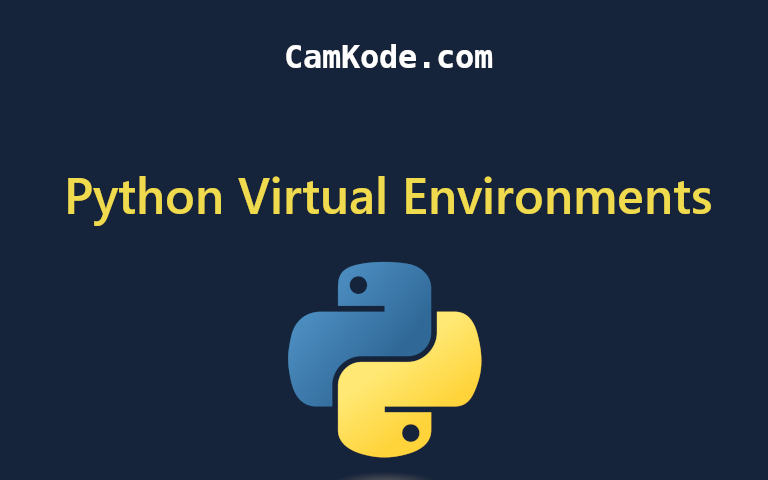How to Create and Use Virtual Environments
Posted by Kosal

In the vast landscape of Python development, understanding and leveraging virtual environments is a crucial skill for every programmer. Whether you're a beginner or an experienced developer, creating isolated environments for your Python projects can streamline dependencies, enhance project organization, and prevent conflicts. In this blog post, we'll take a deep dive into the world of virtual environments, exploring why they are essential and providing a step-by-step guide on how to create and use them effectively.
Why Virtual Environments Matter:
1. Isolation and Dependency Management:
Virtual environments allow you to create isolated spaces for each project, ensuring that the dependencies for one project don't interfere with those of another. This isolation is vital for maintaining a clean and organized development environment.
2. Version Compatibility:
Different projects often require different versions of libraries or packages. Virtual environments enable you to manage and switch between these versions seamlessly, avoiding version conflicts that can arise in a shared global environment.
3. Project Portability:
Virtual environments make it easier to share your projects with others. By including the virtual environment configuration, you ensure that anyone can recreate the exact environment needed to run the project.
Creating a Virtual Environment:
Step 1: Install virtualenv (if not installed):
Before creating virtual environments, ensure that virtualenv is installed. You can install it using:
pip install virtualenv
Step 2: Create a Virtual Environment:
Navigate to your project directory and create a virtual environment by running:
virtualenv venv
Replace "venv" with your desired environment name.
Step 3: Activate the Virtual Environment:
Activate the virtual environment based on your operating system:
- For Windows:
.\venv\Scripts\activate - For Unix or MacOS:
source venv/bin/activate
Your command prompt or terminal should now show the virtual environment name, indicating that you are working within the isolated environment.
Using the Virtual Environment:
Install Dependencies:
Once your virtual environment is active, install the required packages using pip. This ensures that the packages are specific to your project.
pip install package_name
Deactivate the Virtual Environment:
When you're done working on your project, deactivate the virtual environment using:
deactivate
Conclusion:
Creating and using virtual environments is a fundamental skill for Python developers. By following this guide, you've gained insights into the importance of virtual environments and learned how to create, activate, and utilize them effectively. Incorporate these practices into your Python workflow, and you'll experience improved project management, cleaner code, and a more efficient development process. Happy coding!